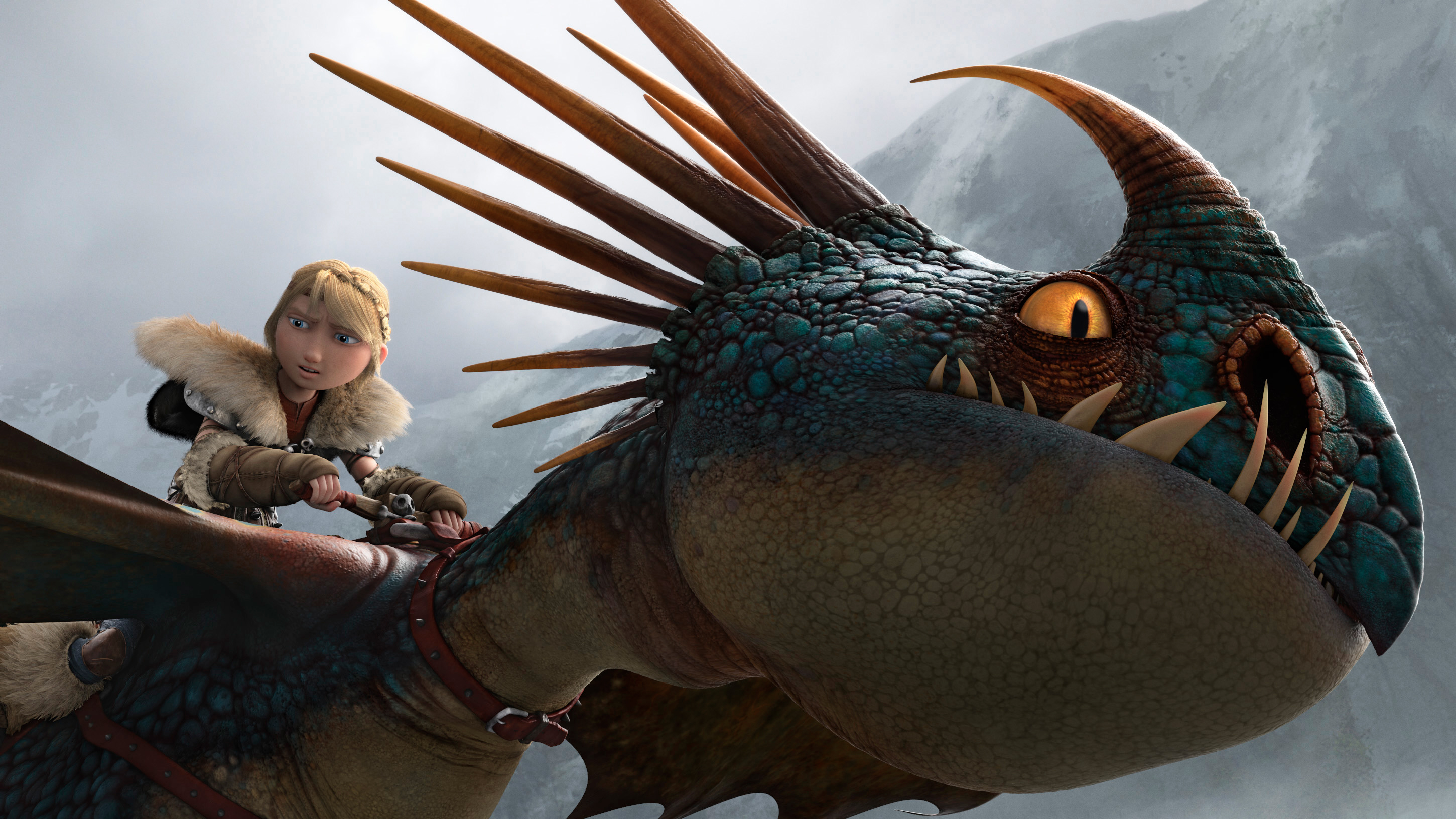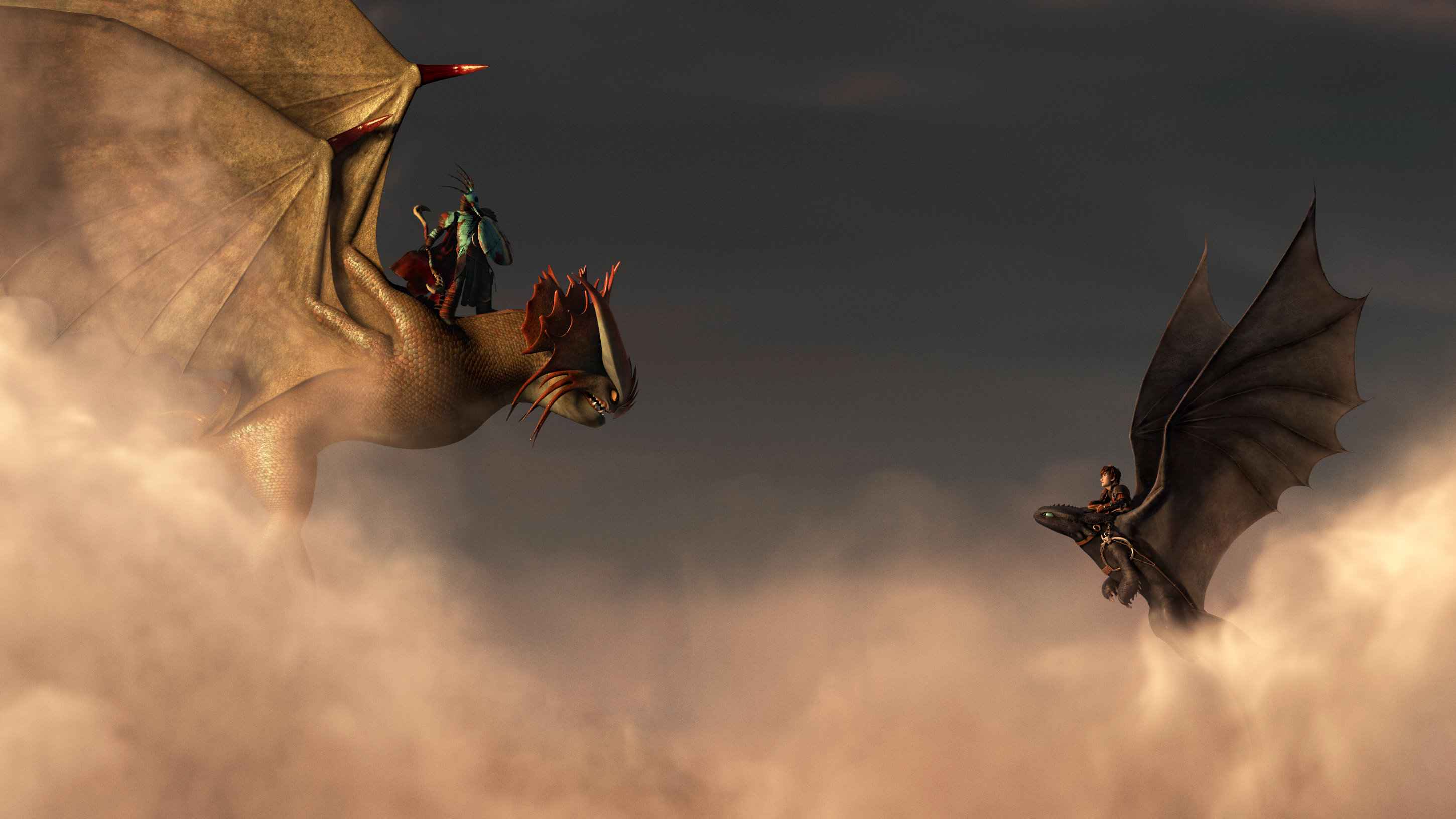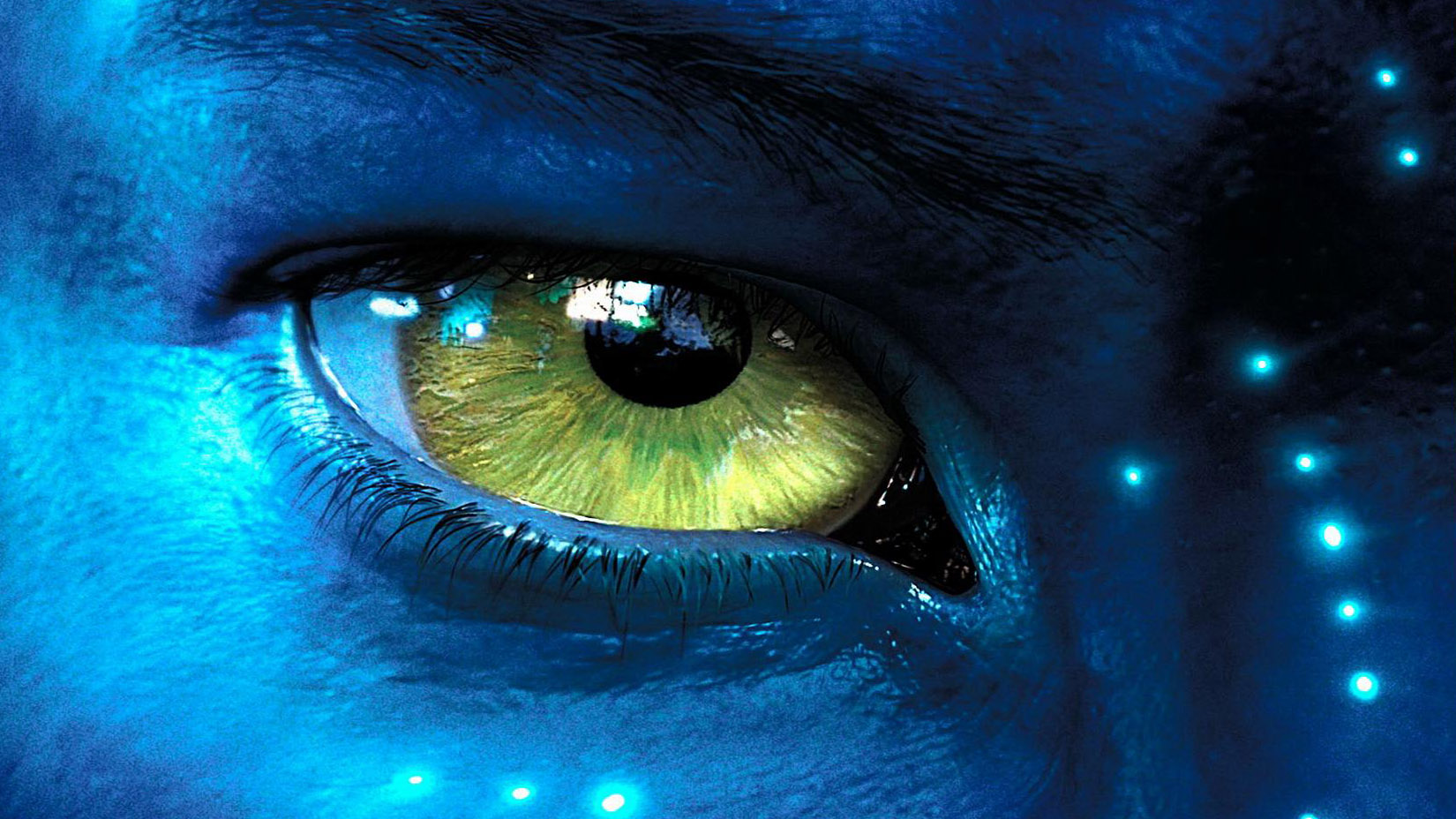How Hollywood effects are shaping your next laptop

You might not think that the latest blockbuster playing down at the local cineplex has had any impact on the laptop you use to find showtimes and buy tickets. After all, training dragons doesn't have much to do with RAM and cloud computing doesn't involve a great deal of striding slowly away from explosions - at least not if you're doing it right.
But what's happening in Tinseltown has more bearing on your next computer, tablet and phone than you think.
It used to be that filmmakers played catch-up to technology, with the massive leaps forward in special effects causing studios to opt for more and more visually astonishing films. But then things changed.
As visual effects house Framestore's Paul O'Brien puts it: "There was a time at the end of the 80s and early 90s where the technology was leading the look, because new technology would come along and everyone would jump on it and go, 'Oh my god, we can suddenly do this.'
"And so you'd get this run of it until people got bored and then it'd be on to the next thing. But that kind of fizzled out 10 or 15 years ago. And now it really is led by the idea and then you have to find the technology to do it."
Mastering tech

The shift came when filmmakers realised they could bend technology to their wills rather than the other way round - take Gravity, for example: the technology to create that movie did not exist until the director, Alfonso Cuaron, and his VFX team worked together to create it. Likewise, 3D's biggest fan James Cameron refined existing cameras and invented new tech to make Avatar.
The film industry has long been an early adopter when it comes to computing. Take cloud computing, for example. Your average internet user has only recently become comfortable with the idea of using the intangible, internet-based "cloud" but the film industry has been bending it to its will for over a decade.
Sign up for breaking news, reviews, opinion, top tech deals, and more.
"The demand that we saw for the ability to do cloud-style work came out of the movie industry 15 years ago," HP's David Chalmers tells TechRadar. "We didn't quite have the vocabulary to describe the solution back then, we called it 'agile infrastructure' but we were trying to help with those who need huge amounts of power for a relatively short time, which is very common in the rendering industry.
"So the movie industry has been driving cloud solutions for some time. This, for us, is a hugely powerful culture as we learn and develop technologies together."

Making a film, particularly an animated film, generates literally millions of files.
Take Dreamworks' upcoming sequel How To Train Your Dragon 2, for example: to make the 100 minute film, animators and artists used over 75 million computing hours and created over half a billion files across more than 300 workstations, needing over 200TB of active disk-space to work effectively. Over the four-to-five years it took to make, the filmmakers created, animated and rendered over 130,000 frames - and that's not even counting the frames that didn't make it into the finished film.
Let's just go over that again: making an animated film generates over 500 million files. That's half a billion. Have a look at your hard disk - how many files you got there? 500? 1000? Maybe 10,000? You're small fry, bro.
No wonder, then, that by partnering with Dreamworks for over 10 years, HP has learned a thing or two about file management and sheer computing power.
And while the $2,400 (£2,400 / AU$4,400) HP Z820 workstations that Dreamworks gives its animators, with their insane 3.1GHz Ivybridge E5 processors, 96GB of RAM, dual 480GB SSDs and Nvidia Quadro K5000 GPUs, might be a bit much for a home computer, the leaps made to cram all that tech into a sole tower trickle down into the laptops made for those with more modest requirements.
Tomorrow's world
"We learn about what tomorrow's laptop might look like from some of the monster workstations we build today," Chalmers tells TechRadar. "You're not going to buy a Z820 for a student going off to university but it starts to inform our consumer lines.
"It's a bit like the way Formula One racing cars inform what cars will do in a few years time - it doesn't look exactly the same necessarily, but the thinking, the experience and the learning that went into that will very much inform the rest of the business."
And the film industry itself keeps pushing its tech providers forward. "In some ways, we're no different from a cell phone maker," Dreamworks' Kate Swanborg tells us.
"Essentially we're a digital manufacturer: we're creating a product for a consumer and just as you expect a better cell phone each year, everything we do has to be better. There's a need for greater tech for every film to deliver increased visual richness - our fans are constantly demanding more."
This is partly why you get tech-mad directors like James Cameron and Michael Bay investing in their own tech inventions to allow them to make the envelope-pushing Avatar which may have a slightly wobbly narrative but can't be faulted in its astounding 3D visuals.

But despite Dreamworks CEO Jeffrey Katzenberg's proclamation that "It would not be possible for us today to make the movies that we make without having a state of the art technology platform" the general agreement among filmmakers is that the technology has to come second to the story.
"The technology should be invisible," says Dwarf Labs' Jeremy Certoux. "Art should be challenging the technology, not the other way around. Despite all the high-tech equipment - all of that is nothing without the artist."
And the visual effects specialists at Framestore agree. "These days it's really about the script and the vision from the director," says O'Brien.
"For something like Gravity, we had to reinvent the whole process and how you shoot it - it'd never been done before. So that's the extreme, having to reinvent what we've been doing for 20 years.
"But a lot of it is all about there's a problem and you find a solution for it and the technology helps you but it's the brains behind these things that actually make it happen. Ultimately it's how good an idea is and how good the director is in having a vision to basically create that."
Former UK News Editor for TechRadar, it was a perpetual challenge among the TechRadar staff to send Kate (Twitter, Google+) a link to something interesting on the internet that she hasn't already seen. As TechRadar's News Editor (UK), she was constantly on the hunt for top news and intriguing stories to feed your gadget lust. Kate now enjoys life as a renowned music critic – her words can be found in the i Paper, Guardian, GQ, Metro, Evening Standard and Time Out, and she's also the author of 'Amy Winehouse', a biography of the soul star.